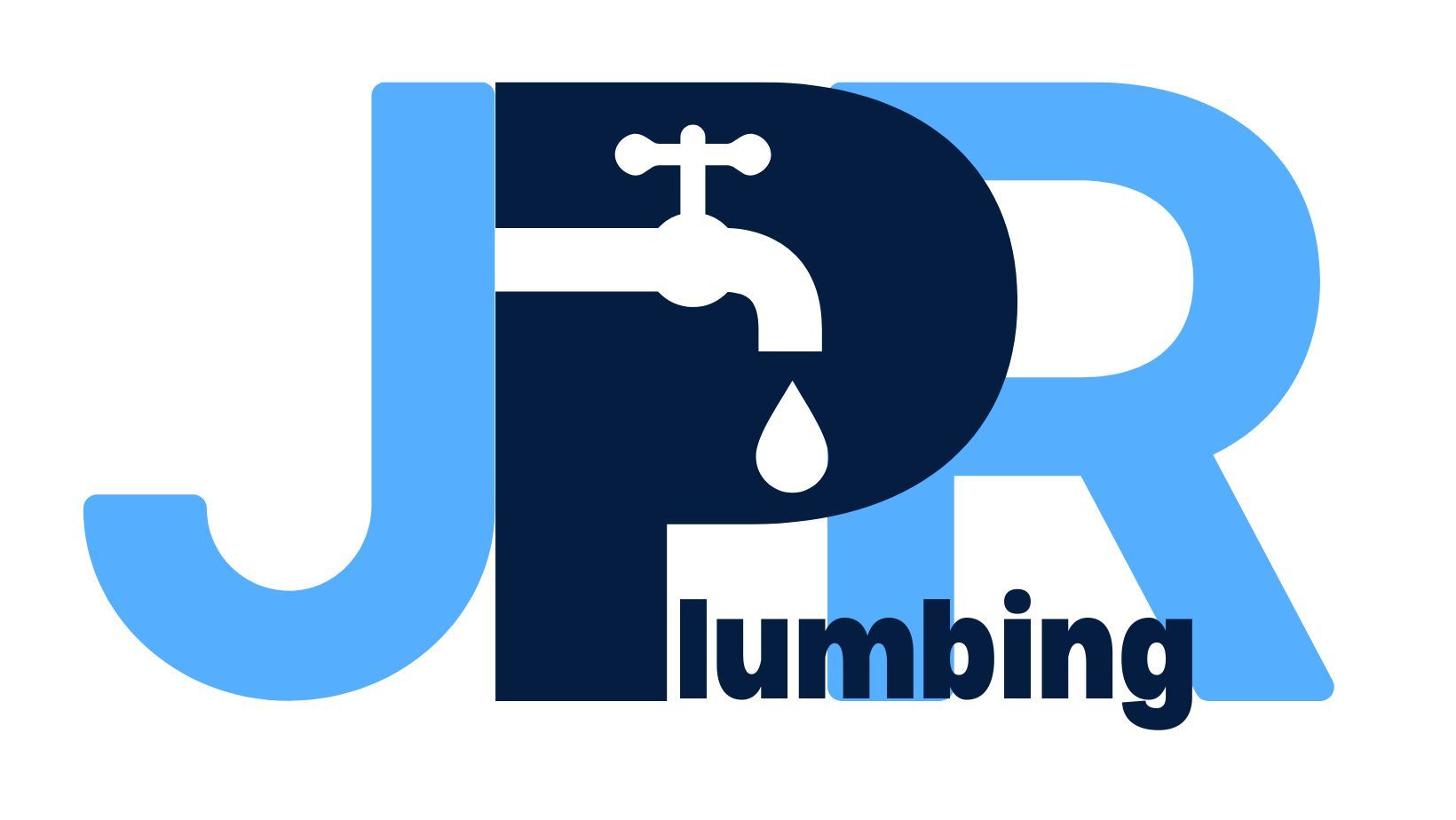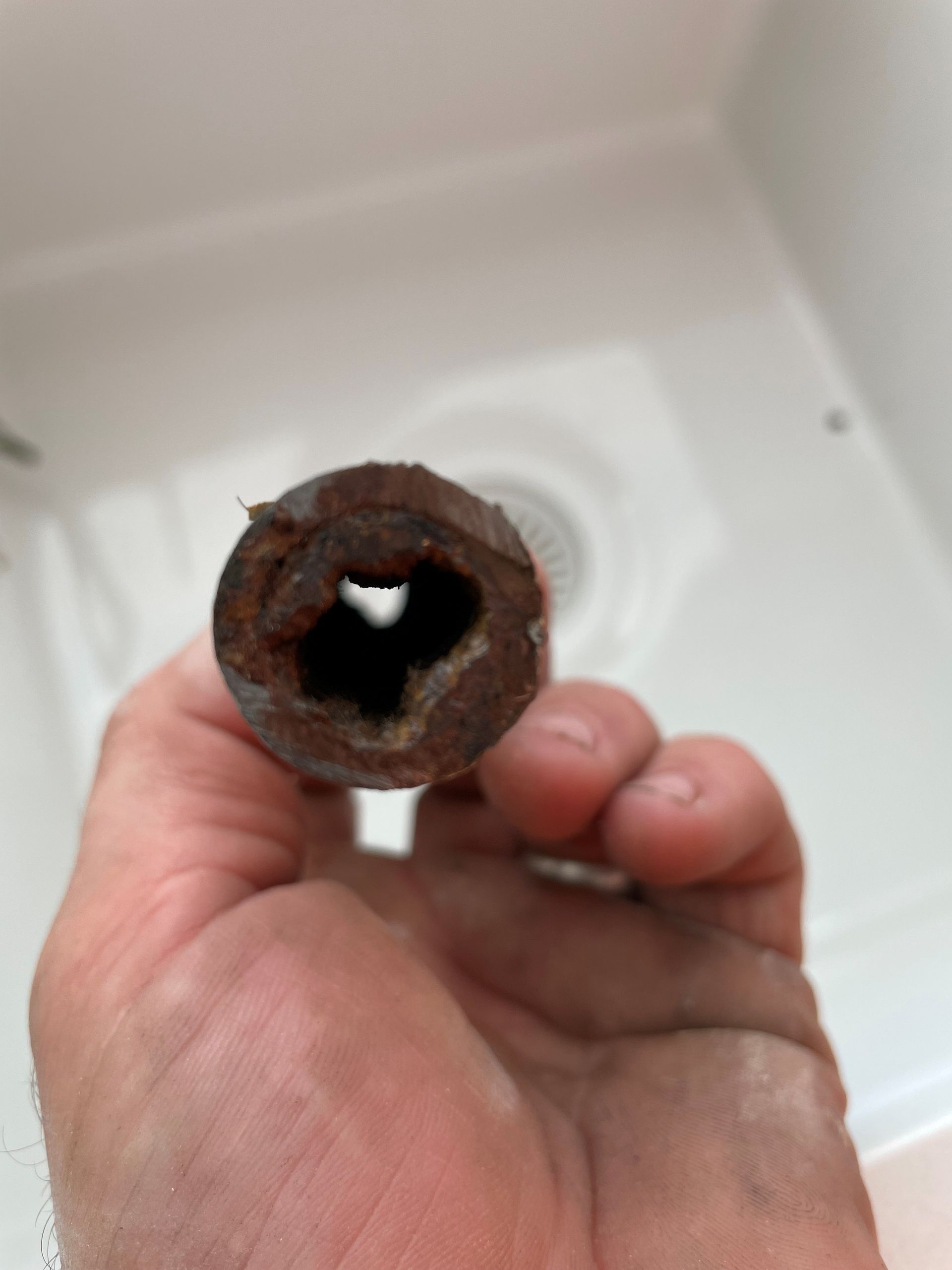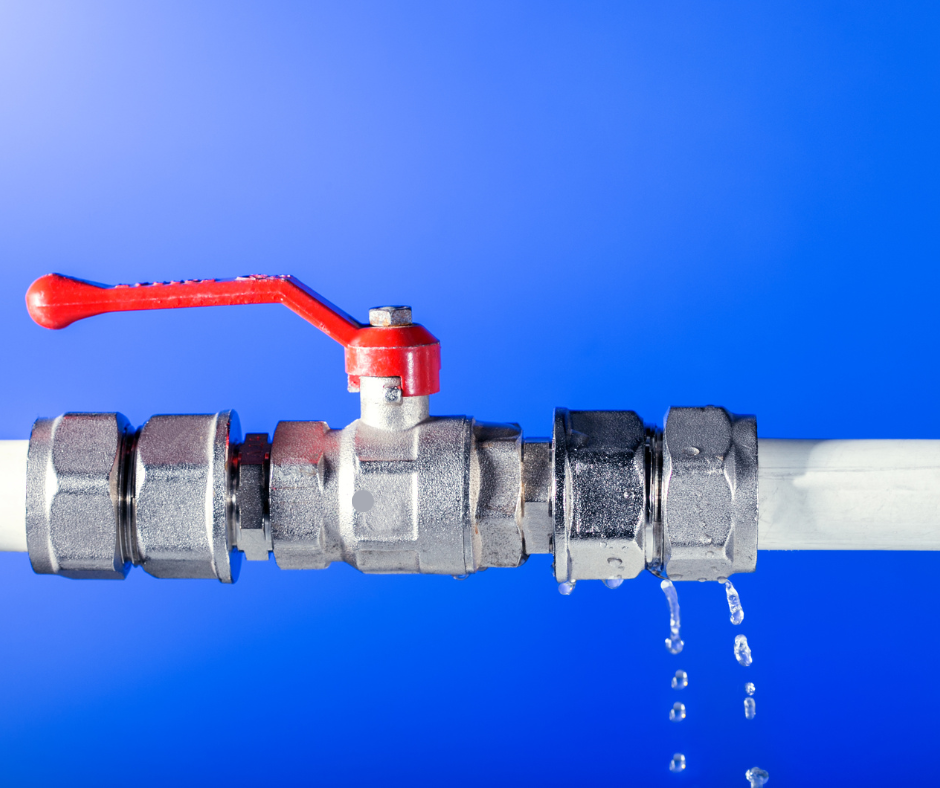Why Won’t My Toilet Flush? Top Reasons and Solutions
JPR Plumbing • 25 August 2024
Common Toilet Flushing Issues
In a world full of technological advancements, it’s easy to forget that some things, like the toilet, haven’t changed much over the years. We rely on this simple mechanism every day without giving it much thought—until it stops working. Suddenly, the most basic household item becomes a significant inconvenience. If your toilet won’t flush, you’re likely dealing with one of a few common problems. The good news is that many of these issues are easy to diagnose and fix on your own. Let’s dive into the top reasons your toilet might not be flushing properly and how to resolve them.
1. The Dreaded Blockage
When your toilet refuses to flush, the most obvious culprit is a blockage. This could be caused by an excessive amount of toilet paper, foreign objects, or even a buildup over time.
How to Fix It:
- Remove Visible Blockages:
Start by checking for any visible obstructions and removing them.
- Plunger:
A good plunge can often do the trick. Make sure you have a proper seal and give it a few strong pushes.
-
Drain Snake: If the blockage is further down the line, a drain snake or a jet rodding machine might be necessary to break up and
unblock the toilet obstruction.
- Enzyme-Based Cleaners:
For less severe blockages, enzyme-based cleaners can help break down organic matter.
2. Insufficient Water in the Tank
A toilet needs a full tank of water to flush effectively. If the tank isn’t filling up, your flush will be weak or non-existent.
Possible Causes:
- The water supply valve might be partially closed or accidentally turned off.
- The float arm in the tank could be set too low, stopping the fill process prematurely.
How to Fix It:
- Check the Water Supply:
Make sure the valve is fully open.
- Adjust the Float:
Raise the float arm slightly so that the tank fills with more water.
3. Flapper Issues
The flapper is a rubber valve that controls the release of water from the tank into the bowl. Over time, it can wear out, get stuck, or simply stop working correctly.
How to Fix It:
- Inspect the Flapper:
Lift the lid of the tank and check the flapper. If it’s damaged or not sealing properly, it will need to be replaced.
- Replace the Flapper:
Fortunately, flappers are inexpensive and easy to replace. Simply remove the old one and install the new one according to the manufacturer’s instructions.
4. Clogged Inlet Holes
The water enters the toilet bowl through small inlet holes located around the rim. If these holes become clogged with mineral deposits or debris, the toilet won’t flush properly.
How to Fix It:
- Clean the Inlet Holes:
Use a wire hanger or a small brush to clear out the holes. This will allow water to flow freely into the bowl, ensuring a full flush.
5. Obstructions in the Tank
Sometimes, foreign objects find their way into the tank, interfering with the flushing mechanism.
How to Fix It:
- Inspect the Tank:
Lift the lid and look for any objects that shouldn’t be there. Remove anything that’s obstructing the mechanisms.
6. Water Efficiency Settings
Modern toilets often have water-saving settings, which can sometimes result in a less powerful flush if not adjusted correctly.
How to Fix It:
- Adjust Water Efficiency:
If you suspect that water efficiency settings are causing the issue, consult your toilet’s manual to find out how to adjust the settings for a more powerful flush.
When to Call a
Brisbane Plumber
If you’ve tried all of the above solutions and your toilet still won’t flush, it might be time to call in a professional. Some issues are simply beyond DIY repair and require the expertise of a licensed plumber.
Why Choose JPR Plumbing?
At
JPR Plumbing, we understand how frustrating a non-flushing toilet can be. Our experienced team of
Brisbane plumbers are equipped to handle any toilet issue, no matter how complex. We pride ourselves on providing prompt, reliable service to get your bathroom back in working order as quickly as possible. Don’t let a faulty toilet ruin your day—give us a call, and we’ll take care of the rest.
Contact Us
Thank you for contacting us.
We will get back to you as soon as possible.
We will get back to you as soon as possible.
Oops, there was an error sending your message.
Please try again later.
Please try again later.
You might also like
Book a Service Today
Thank you for contacting us.
We will get back to you as soon as possible
We will get back to you as soon as possible
Oops, there was an error sending your message.
Please try again later
Please try again later
We are available via text, email or phone

Brisbane's leading professional plumbing service.
QBCC Licence: 15468483
Navigation
Services
Working hours
- Mon - Sun
- Open 24 hours
© 2025
All Rights Reserved | JPR Plumbing




